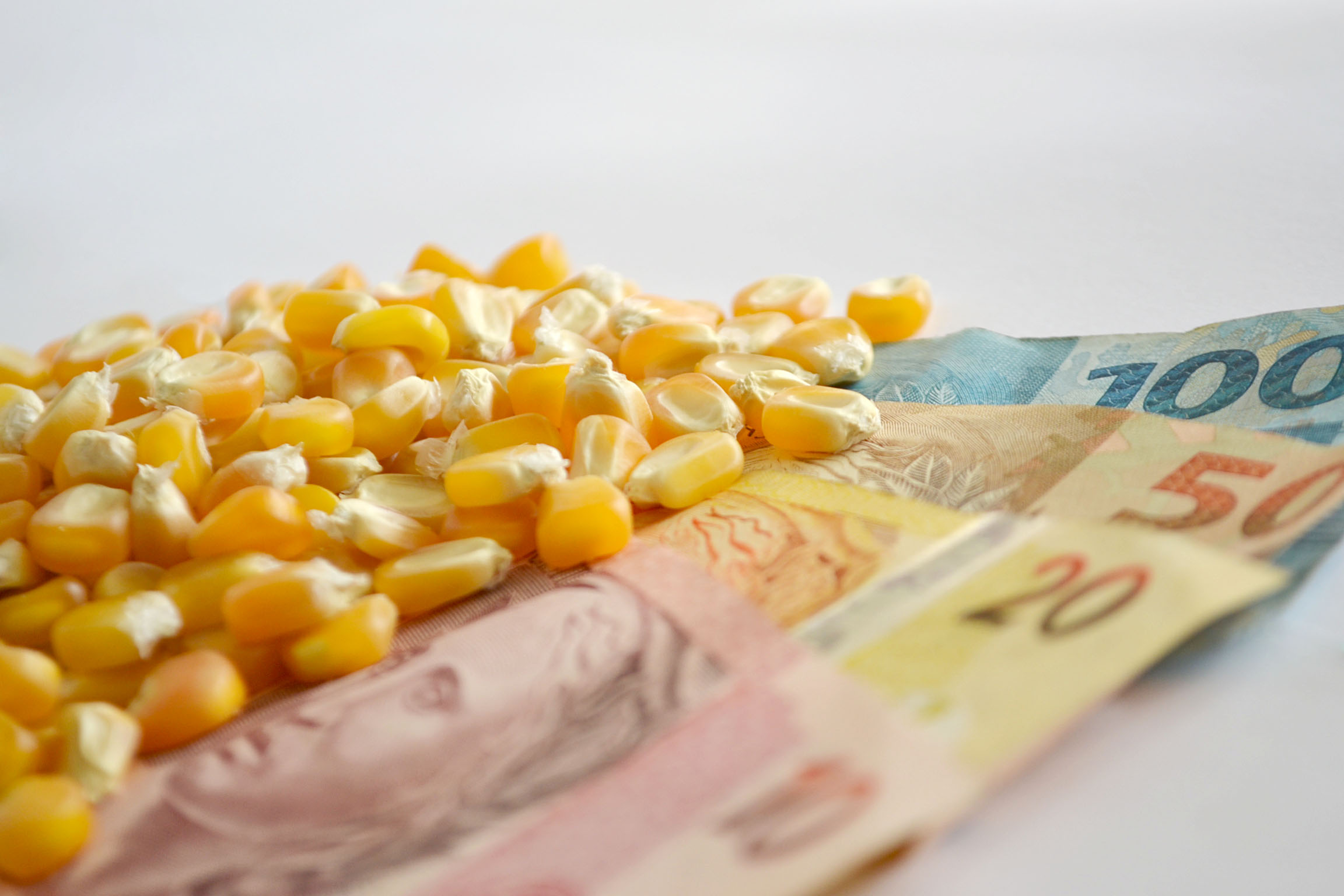RIO DE JANEIRO, BRAZIL – The weather is still an essential factor for the corn market. The losses registered in South American crops continue to support prices in the international market. For the Brazilian domestic market, the analysis is that prices will remain firm until May this year.
Check below the facts that should gain attention from the corn market next week. The tips are from the Safras Consultoria analyst Paulo Molinari.

- The foreign market continues to be supported by the conditions of the South American crop, with losses in Argentina despite the rains this week;
- The crisis between Ukraine and Russia sustains the wheat market and has reflexes on corn;
- Oil at US$85 maintains good demand for ethanol in the US;
- US corn exports improve with risk of losses in Argentina;
- Discussions about the next planting in the US, with the possibility of reducing the corn area, help create a supportive environment for prices;
- Argentine corn at US$270 FOB (“Free on Board”) does not allow Brazil to import;
- In the Brazilian market, the cost of corn imports for the first quarter is between US$38 at the port, without taxes, plus the cost of transporting the corn;
- There are no alternatives for supplying Brazil’s South region, other than searching for lots further away from the region;
- Soybean harvesting tends to increase freight and make logistics more difficult in the coming weeks;
- Summer losses surprise even the most pessimistic in the Brazilian South region;
- Exports should close near 21 million tons in 2021 and carryover stocks at 3 million, the lowest since 2012;
- Corn prices in the Brazilian market should remain firm until May;
- Planting during the dry season starting in the Brazilian states of Mato Grosso, Paraná, Mato Grosso do Sul, and in Paraguay;
- Most regions need good rains in February for the dry season crop.

